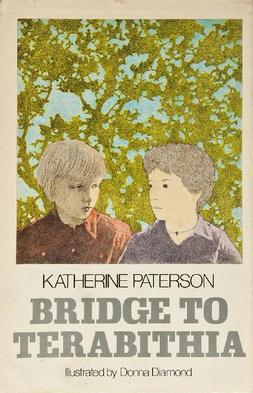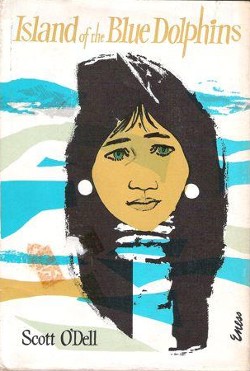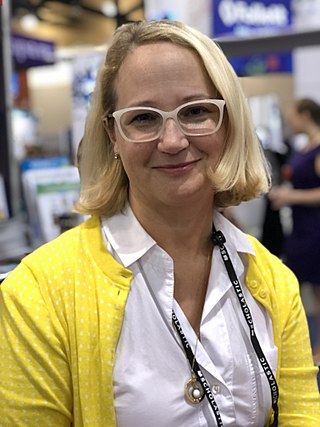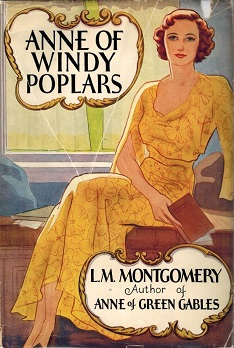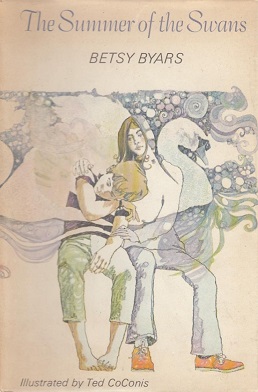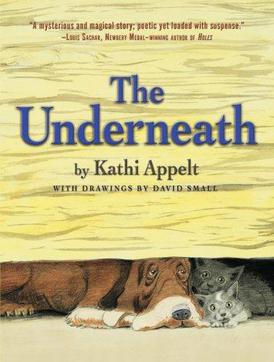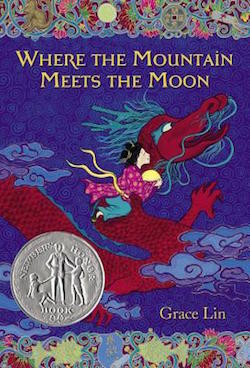Plot summary
Imaginative, emotionally sensitive, and hard working, Sara Louise Bradshaw, a young girl growing up on an isolated fishing island off the coast of Maryland during WWII, is made to feel second-best from the moment of her birth. Her impoverished family consists of her rough but gentle father, always absent due to his working-class job on his oyster boat; her ladylike and intelligent mother, who had arrived on the island as a school teacher and stayed after falling in love; her grandmother, a bitter and nasty woman with a religious bent; and Caroline, Sara Louise's younger twin sister who is the main impediment of Sara Louise's struggle to distinguish herself and obtain the affection she craves. Caroline is fragile, beautiful, and admired—everything Sara Louise is not.
Caroline is offered a scholarship to a mainland school for voice lessons, due to her rare singing skills, and the rest of the family, mainly Sara Louise, must sacrifice to make this happen. To raise money, Sara Louise catches crabs with her only friend, McCall "Call" Purnell, a dumpy, short-sighted boy.
One day, Hiram Wallace, the only islander to leave to go to college in fifty years, returns to the island. Hiram, whom they call "the Captain", bonds with Call over their shared sense of humor, becoming a father figure.
After Sara Louise finds a local spinster from Hiram's generation (Trudy) suffering from a stroke that necessitates sending her to the inland hospital, Call, Sara Louise, and Hiram work to clear Trudy's house for her return. Hiram tells the children how Trudy may have a fortune hidden in the building, which is filthy and overrun by a starving feral cat colony. Unable to keep the cats, Hiram determines the most humane thing would be to drown them. This horrifies Sara Louise, who protests vigorously, but her friends overrule her. Unable to go through with it, Sara Louise jumps from the rowboat on the way to perform the deed and swims to shore. Call and Hiram reveal they could not bring themselves to kill the cats after Sara Louise's display, and Caroline steps in to introduce herself. Going door to door and charming the locals into taking in the mangy cats, Caroline is lauded by Call and Hiram as the cats' savior, forgetting Sara Louise's role.
The island is struck by a ravaging hurricane. Sara Louise's father sends her into the storm to fetch the Captain and bring him to their home. This act saves Hiram's life; his entire home is demolished. Meanwhile, Caroline is allowed to sleep through the storm.
Hiram, now homeless, moves into Sara Louise's home. A 14-year-old Sara Louise realizes she is in love with Hiram, despite his being older than her grandmother and oblivious to her feelings. Caroline mocks Sara Louise for her crush, and her grandmother begins accusing her of being a harlot and quoting scriptures at her. Caroline suggests the homeless Hiram enter into a marriage of convenience with Trudy, exchanging a place to live with living assistance, and Hiram lauds Caroline for saving the day.
Eventually, the economic hardships after the hurricane result in Caroline being pulled from her voice lessons inland. As a thank you for the pleasure Trudy received from Caroline's singing, Hiram offers to pay for Caroline to attend a prestigious boarding school in Baltimore and have a private voice tutor. Sara Louise has always wanted to attend a better school, but Hiram does not offer, and there is no money to send her anywhere equivalent. She struggles with feeling of resentment and jealousy.
Call enlists in the navy and leaves to join the war. Sara Louise drops out of school and takes over Call's duties, finally allowed on her father's oyster boat.
Sara Louise is largely content. The hard work leaves no time for thought and, absent Caroline's shadow, Sara Louise enjoys the attention she finally receives from her family, earning her high school diploma with her mother's help.
Released from needing to provide for Caroline ever again after Caroline graduates and is awarded a full-ride scholarship to Juilliard, Sara Louise awaits the return of Call to take her place on her father's boat and finally free her from her obligations to her family.
Call's return at the end of the war is not what Sara Louise was expecting. Much-changed, Call announces he is not returning permanently but will attend university and marry Caroline.
Staying behind to watch her grandmother while her parents travel to Caroline and Call's wedding, Sara Louise gets a wake up call from the Captain when he is the first person to ask her what she'd like to do with her life. Sara Louise confesses she would like to see the mountains and become a doctor but can't leave her family.
Sara Louise eventually explodes and demands to be let go, finally expressing some of her resentment at Caroline's privilege. Her mother replies that Sara Louise was always free to go but never said she wanted to. Receiving assurance that she will be missed, Sara Louise applies to college as a pre-med student and leaves the island. She is also made to realize that her parents have always paid more attention to Caroline in part because they believed Caroline to be the weaker, not the better, of the two girls.
Denied entry to medical school due to her gender and the influx of GI Bill students, Sara Louise graduates as a nurse. She then goes to work in a small Appalachian Mountains town as a nurse and midwife. She thrives and marries a widowed father. Sara Louise has a baby boy, Caroline is debuting as an opera singer in New Haven, their father and grandmother die, and their mother leaves the island permanently.
On a snowy winter night, Sara Louise assists in delivering twins. The mother has the first one, a boy, safely. When the second one comes out, it is a small and cold girl. Since she doesn't have an incubator, Sara Louise rushes the baby to the fireside and much effort is made to revive her. She then realizes the boy has been forgotten and tells the mother to breastfeed him. Lactating from her own child, Sara Louise breastfeeds the younger twin.
Reception
Jacob Have I Loved received favorable reviews. Booklist called it "an intense, moving portrayal" [2] and Carol Katz concluded for School Library Journal (copyright 2010), "All libraries will benefit from owning this outstanding telling of a remarkable tale." [2] Patricia Liddie wrote for The ALAN Review , "This novel is indeed a classic, and the beauty of it is that it's so readable for and appropriate to the older junior-high student." [3]
According to Kirkus Reviews , "Paterson has to get into [Louise's] later years to make the point, and to avoid the instant realizations that substitute in too many juvenile novels. However, this tends to flatten the tone and blur the shape of the novel. Louise's earlier, intense feelings evoke recognition and sympathy, but this hasn't the resonant clarity of Bridge to Terabithia or The Great Gilly Hopkins ." [4]
In a retrospective essay about the Newbery Medal-winning books from 1976 to 1985, literary critic Zena Sutherland wrote, "The story has a logical, but rather speeded, happy ending, but this minor flaw does not keep Jacob Have I Loved from being an unforgettable book." [5]
In 2012 Jacob Have I Loved was ranked number 43 among all-time best children's novels in a survey published by School Library Journal – the second of three Paterson novels in the top 100. [6]



